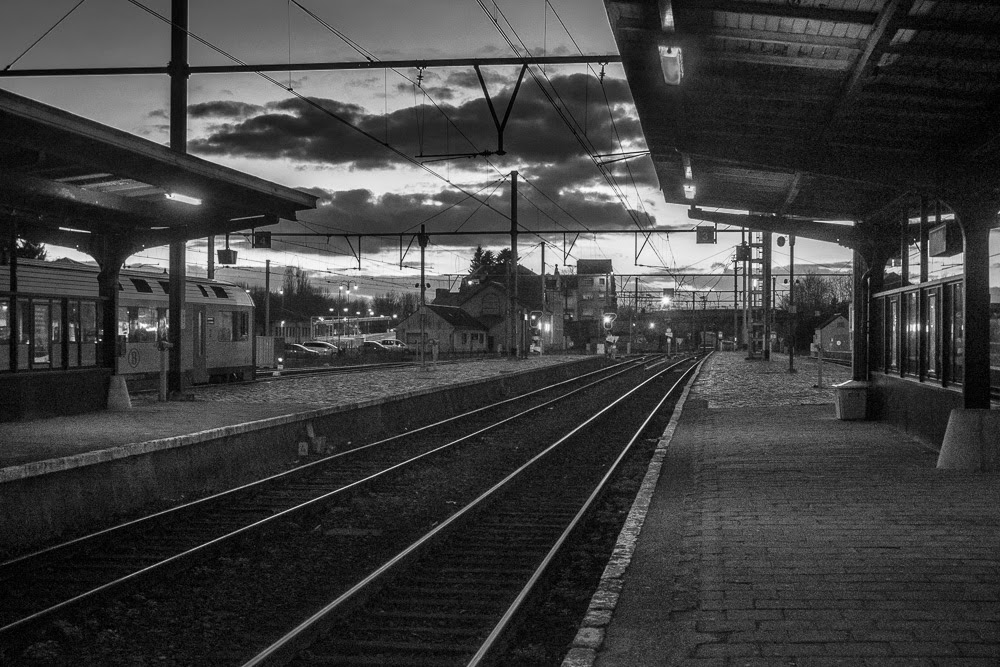sweathog
Well-known
I'd like to add my support my for the CV35/2.5. That was my main lens for a while and it gave some cracking results.
I've also got a Summaron 3.5. What is it that is not ergonomic? I don't have any problem with the lens.

Started with a Jupiter 12 - too much flare and care required with the rear element - moved onto a CV Skopar 2.5 Classic - too contrasty for me - ended up with a Summaron 3.5 (LTM). I like the optical performance, but as mentioned before, it is ergonomically not so great. When possible, the next step is likely to be a Summaron 2.8, or in case of a big windfall, a Summicron.
If you want faster, try the CV 1.7. It's out of production in LTM, but occasionally available used. It can be a bit dear, and it only focuses down to 1 meter, but it's a wonderful lens.


